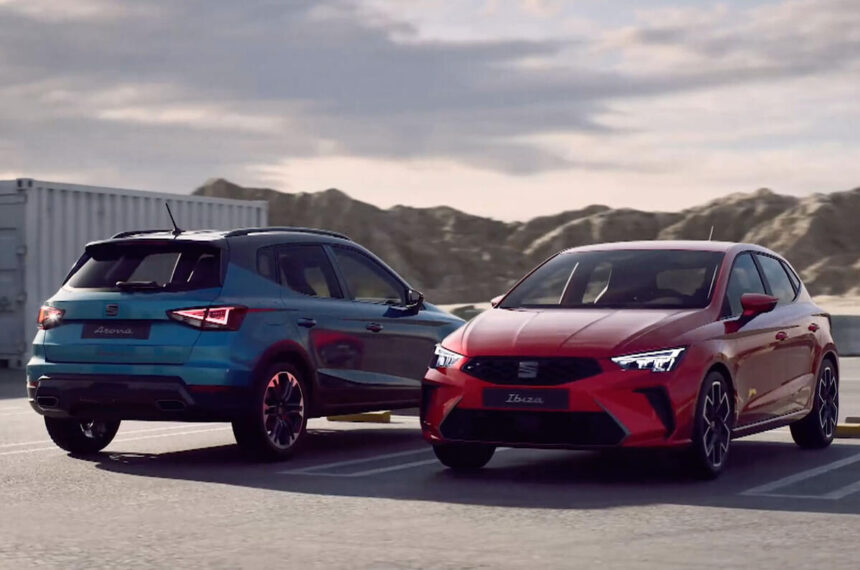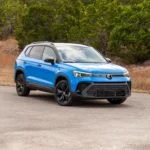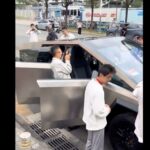Future Plans for Cupra: A Shift Towards Electrification
Griffiths recently confirmed that the Cupra Leon will be updated in its current form, with both internal combustion and plug-in hybrid versions, to ensure production well into the next decade. This decision applies not only to the Cupra Leon but also to its closely-related sibling, the Cupra Formentor.
According to Griffiths, both the Cupra Leon and Cupra Formentor share the same platform, indicating a long-term commitment to these models. He mentioned the possibility of facelifts or product improvements to sustain their relevance in the market. However, he made it clear that the next generation of the Leon will be fully electric.
While investments in the Ibiza and Arona may suggest a focus on traditional powertrains, Griffiths emphasized that this does not signify a retreat from electric vehicles. He acknowledged the market demand for various drivetrain options, including efficient internal combustion engines, hybrids, and plug-in hybrids.
Griffiths stated, “We’re not going to deviate from electrification as a direction. We don’t question the objective of getting to zero emissions as fast as possible. We have to be flexible on the way, and we can’t force consumers to drive electric cars.”
The introduction of the Cupra Raval by the end of 2025, positioned as a sub-€25,000 electric car, aligns with Cupra’s commitment to democratizing electromobility. This model, along with upcoming vehicles like the Volkswagen ID 2 and Skoda Epiq, aims to make electric cars more accessible.
Griffiths emphasized the importance of offering a diverse range of vehicles, catering to both electric and non-electric preferences. He highlighted Cupra’s focus on fully electric and electrified models, while Seat remains dedicated to combustion engines. This strategy allows both brands to capitalize on current market trends effectively.







